What is Amigurumi? [Resources & Video]
What is amigurumi, you ask? It is the art of crocheting and knitting toys. Pretty simple. But there’s a lot more to making handmade toys and I hope you’ll stick around to find out.
Amigurumi has been gaining a lot of new fans recently. This comes as no surprise to me.
With all of the adorable patterns and gorgeous yarns, why wouldn’t you want to crochet or knit amigurumi toys?

Definition of Amigurumi
As stated above, amigurumi is simply the art of crocheting and/or knitting toys.
The term “amigurumi” is derived from two Japanese words. It has a very interesting history beginning in the Shang dynasty of China and spreading to the rest of the world with the dawn of the internet.
You can find out more information in this fascinating article from Felt Magnet.

Why Crochet or Knit Toys?
In my humble opinion, making amigurumi is the most delightful hobby in the entire world. That may sound like an exaggeration, but it really isn’t to me.
If you enjoy tapping into your own child-like imagination and delight in making other people smile, this is the hobby for you.
This blog post is a little more technical, but after watching the video you will understand the different styles of amigurumi and where to find resources.
Don’t worry if you don’t know how to crochet or knit just yet.
Remind yourself that making amigurumi is just a series of skills you need to learn. Your first toy will likely have a lot of mistakes, just like mine did, which you can see below, but each one will get better and better.
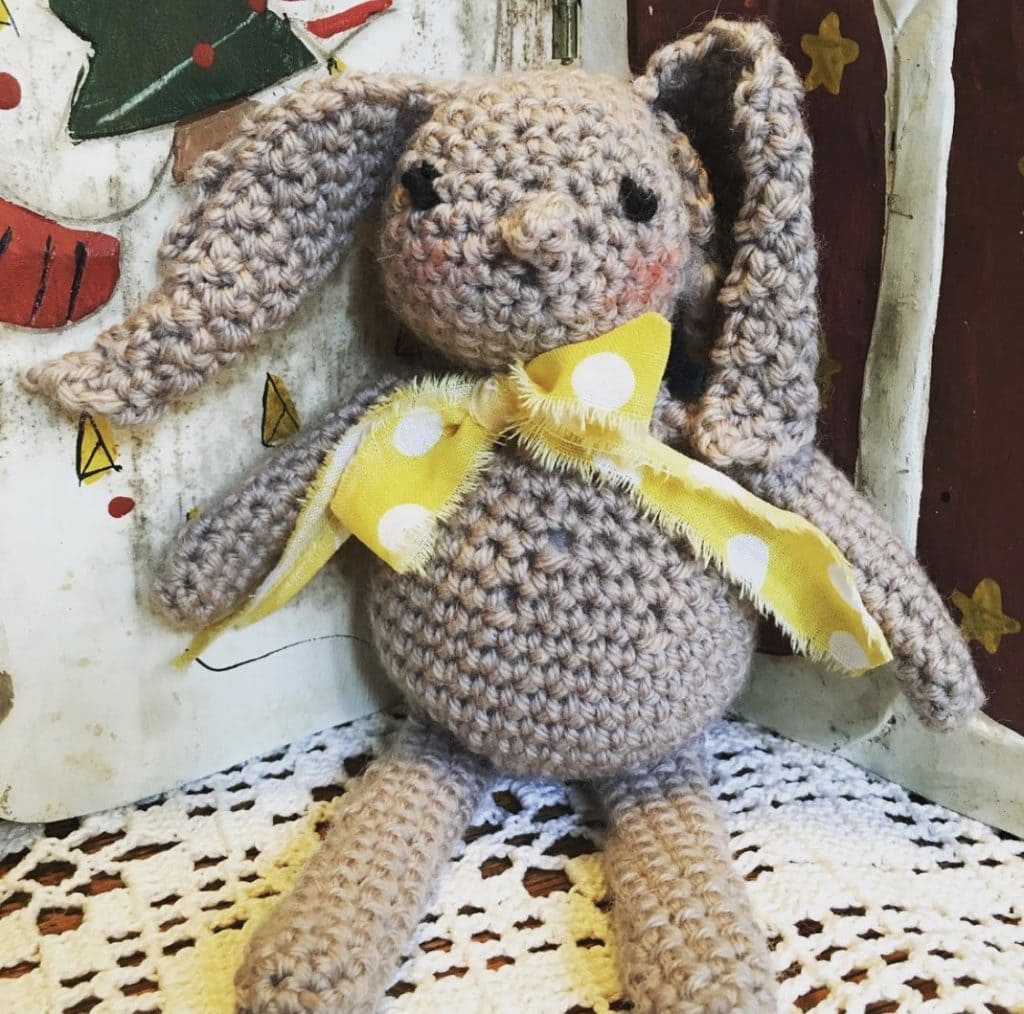
Techniques
Most importantly, amigurumi is created using simple techniques. I believe that is one of the things that makes crocheting and knitting toys not only enjoyable, but accessible to many.
You will find the techniques for crochet listed first, but if you scroll down you will find the section about knitting toys below.

Crochet
The magic ring is the foundation of all amigurumi skills.
You must learn how to make a magic ring and fortunately, it isn’t difficult.
Check out my tutorial: How to Make a Magic Ring

Once you master this skill everything else is downhill.
Amigurumi 101
For the other skills check out my Amigurumi 101 series. There you will find everything from how to single crochet to how to choose a pattern.

Never Give Up: Part 1 – you may be chomping at the bit to get started with your new hobby and skip over this section. But I encourage you to take a little time to read this post. This is THE most important skill you need to learn.
If you are a true beginner, you may be tempted to give up when the going gets tough. Do yourself a favor and adopt an attitude of perseverance.
Choosing a Pattern & Color Palette: Part 2 – this is when it starts to get fun.
This post will help you choose the right pattern for your skill level. After reading this post with all its tips and tricks you will be able to choose a gorgeous color palette, which can make or break your project.
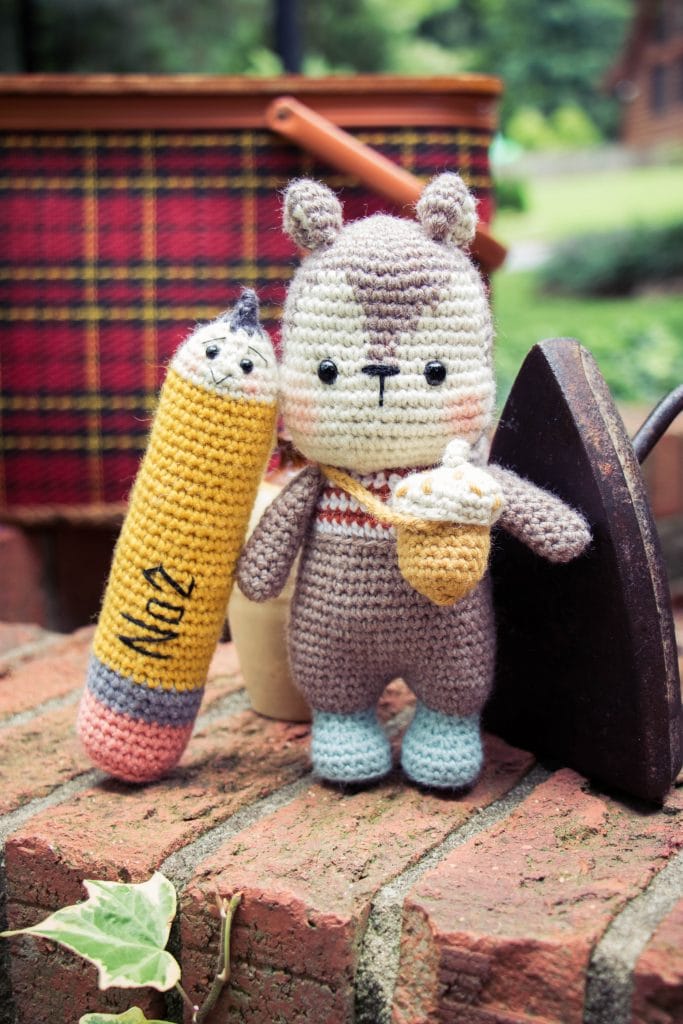
Basic Skills: Part 3 – now it’s time to get into the nitty gritty.
You’ve got the right attitude. You’ve even got the right pattern and color palette.
In this section, you will learn the fundamental skills that will take you from novice to toy-making expert.
If you’re already a crocheter and only need help learning how to make a magic ring check out my post: How to Crochet a Magic Ring
Finishing Touches: Part 4 – in this post you will find all the information for finishing your toy.
You will discover topics about embroidering facial features, eye placement, stuffing, sewing limbs, and weaving in ends.

This post contains affiliates links and at no cost to you I may earn a teeny tiny commission if you choose to purchase them. Please know that I only recommend products I use and love! Thank you for supporting Le Petit Saint Crochet! You can read my full (and slightly boring) full disclosure here.
Beginner Resources
If you are itching to get started, here are some of my favorite beginner resources:
- Wooly Wonders Crochet – I began my own amigurumi journey with these delightful video tutorials. The instructions are clear and the designs are adorable.
- Animal Friends of Pica Pau – when you are ready to begin crocheting from patterns, these are my hands down favorites. Once you have your basics you will be ready to tackle these adorable characters. Each pattern has a skill rating to easily identify the simplest to the most complex designs.
Tools
The tools you choose for crocheting amigurumi is one of the most important determining factors of your success. Not all hooks and yarn are created equal.

Hook
I only use one hook for crocheting toys and that is a FURLS Odyssey Crochet Hook 3.50 mm. No matter what the pattern states, this is the hook size I use (it matches perfectly with worsted weight yarn – if you are using a different weight yarn please check your pattern for recommendations). It is perfect for amigurumi because of its ergonomic handle and pointy head, which is so important for making invisible decreases.
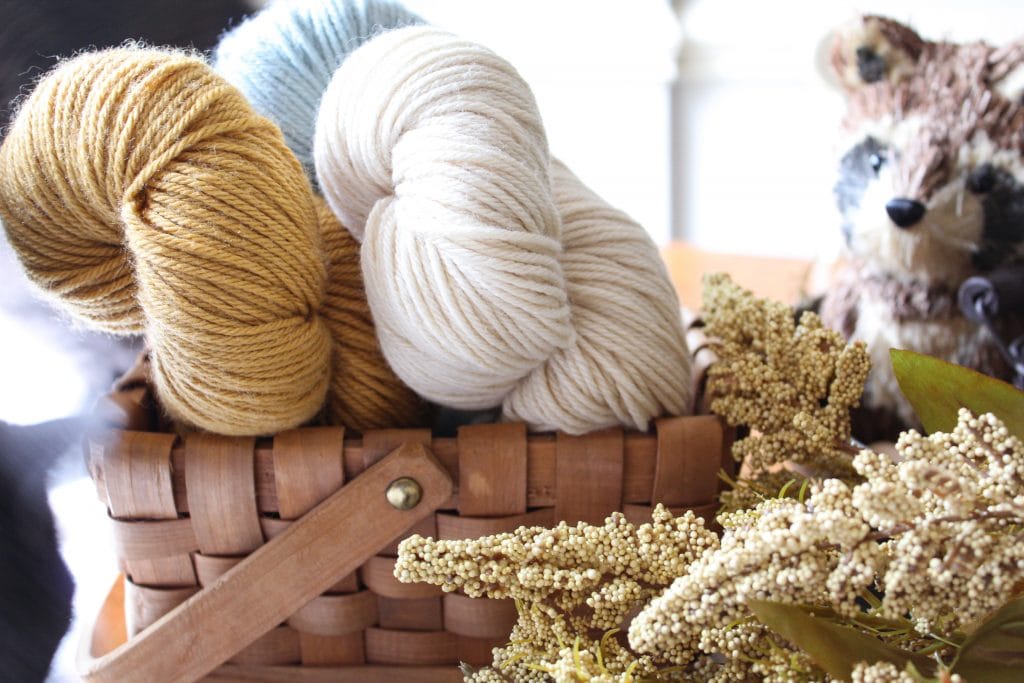
Yarn
I switch between two different yarns for crocheting toys. They are roughly the same weight, but their quality is both superior. The great thing is that these mid-price yarns make gorgeous toys without breaking the bank.
Love Crafts is my preferred place to purchase yarn online. I always wait for a sale or use the coupon they send with each order. You can get 15% off your first order by singing up for their email. Click on the banner below to visit their site and sign up to receive emails about all their amazing sales.

- Berroco Vintage Worsted – this is my absolute most favorite yarn in the world. It is soft and comes in sixty-four different colors. Oh my goodness, I could go on and on about this yarn. And at 3.5 oz, you will be able to make many toys from just one hank. Just a word of caution, you will need to wind this yarn once you receive it. I do it by hand and make it into an old fashioned ball.
- Paintbox Wool Mix Aran – this beautiful yarn comes in fifty-three different shades. It is also 3.5 oz and a little goes a long way. You do not need to wind this skein, it’s ready to go.



Check out my post all about the tools you need to get started with crocheted amigurumi: The Essential Amigurumi Toolkit
Knitting
Knitting toys is a whole different ball game.
There is more than one technique for knitting toys, knitting in the round with double point needles and knitting flat then seaming.
I created a Knitting Toys 101 series specific to flat knitting, since that is what I mostly do.

Cable Cast On & Blocking – in this post you will learn the fundamental skill for how to begin knitting toys using the cable cast on method. You will also find information for how to properly block your knitting.
How to Knit & Purl – learning how to knit and purl are the other foundationals skill you will need to learn. Thankfully these are really fun to learn will serve you in any knitting project, toy related or not.
Increasing – you will learn the two most common increases that I have encountered while knitting toys, the M1L (make 1 left) and the KLL (knit left loop).
Decreasing – in this post you will learn the four most common decreases that I use when knitting toys.
If you are looking for a great tutorial for how to do the mattress seam check out this post from Julie, from Little Cotton Rabbits. Also, check out her adorable patterns. She is my favorite knitted toy designer.

Beginner Resources
These are resources I can’t live without. I have learned so much from both of them and believe anyone who wants to learn how to knit beautiful toys should invest in these books.
- I highly recommend the Vogue® Knitting The Ultimate Knitting Book for anyone serious about learning or improving your knitting skills. It is a knitting technique encyclopedia and a resource I use frequently.
- Knitted Animal Friends is an incredible knitted toy resource disguised as an adorable book of patterns. Check out my entire review of this book to see all the details.

Tools
As with any hobby, the tools you choose are important.
Investing in the proper equipment will help your technique, ask any serious knitter and they will agree.
These are my favorite needles for knitting toys:
- Addi Circular Needles – these are my go-to needles. I love how they feel in my hands and are perfect for those small stitches. Refer to your pattern for the right sizes for the pattern.
- CHIAOGOO Circular Knitting Needles – I absolutely love these needles. They consistently rank very high among knitters. I have several that I love. They have very sharp points which make knitting toys a breeze. Refer to your pattern for the correct sizes you need.

Yarn
I use mostly the same yarns for both crocheting and kntting toys.
Like with crocheting, I use two main yarns for the bodies of most of the toys I knit. With Little Cotton Rabbits patterns I also use a different weight yarn for the clothing, which I list below.
Love Crafts is my preferred place to purchase yarn online. I always wait for a sale or use the coupon they send with each shipment. You can get 15% off your first order by singing up for their email. Click on the banner below to visit their site and sign up to know when they run their amazing sales.

- Berroco Vintage Worsted – this is my absolute, most favorite yarn in the world. It is soft and comes in sixty-four different colors. Oh my goodness, I could go on and on about this yarn. And at 3.5 oz, you will be able to make many toys from just one hank. Just a word of caution, you will need to wind this yarn once you receive it. I do it by hand and make it into an old fashioned ball.
- Paintbox Wool Mix Aran – this beautiful yarn comes in fifty-three different shades. It is also 3.5 oz and a little goes a long way. You do not need to wind this skein, it’s ready to go.
- Debbie Bliss Baby Cashmerino – I use this yarn for the clothing for the Little Cotton Rabbits patterns. It comes in forty-nine distinct colors and it is the softest most squishy yarn. I adore it and everyone I know who has used it loves it too. It comes in skeins so there’s no need to wind it.

Amigurumi Love
Whether you are brand new to amigurumi, I hope that you found this information helpful.
The resources above are just the beginning. A whole new world awaits you when you start crocheting and knitting toys.
Please reach out here, on Instagram or Youtube any time you have questions. I would love to help in any way I can.
I hope you now know what amigurumi is, and that you want to start making it too.
Pin for Later!



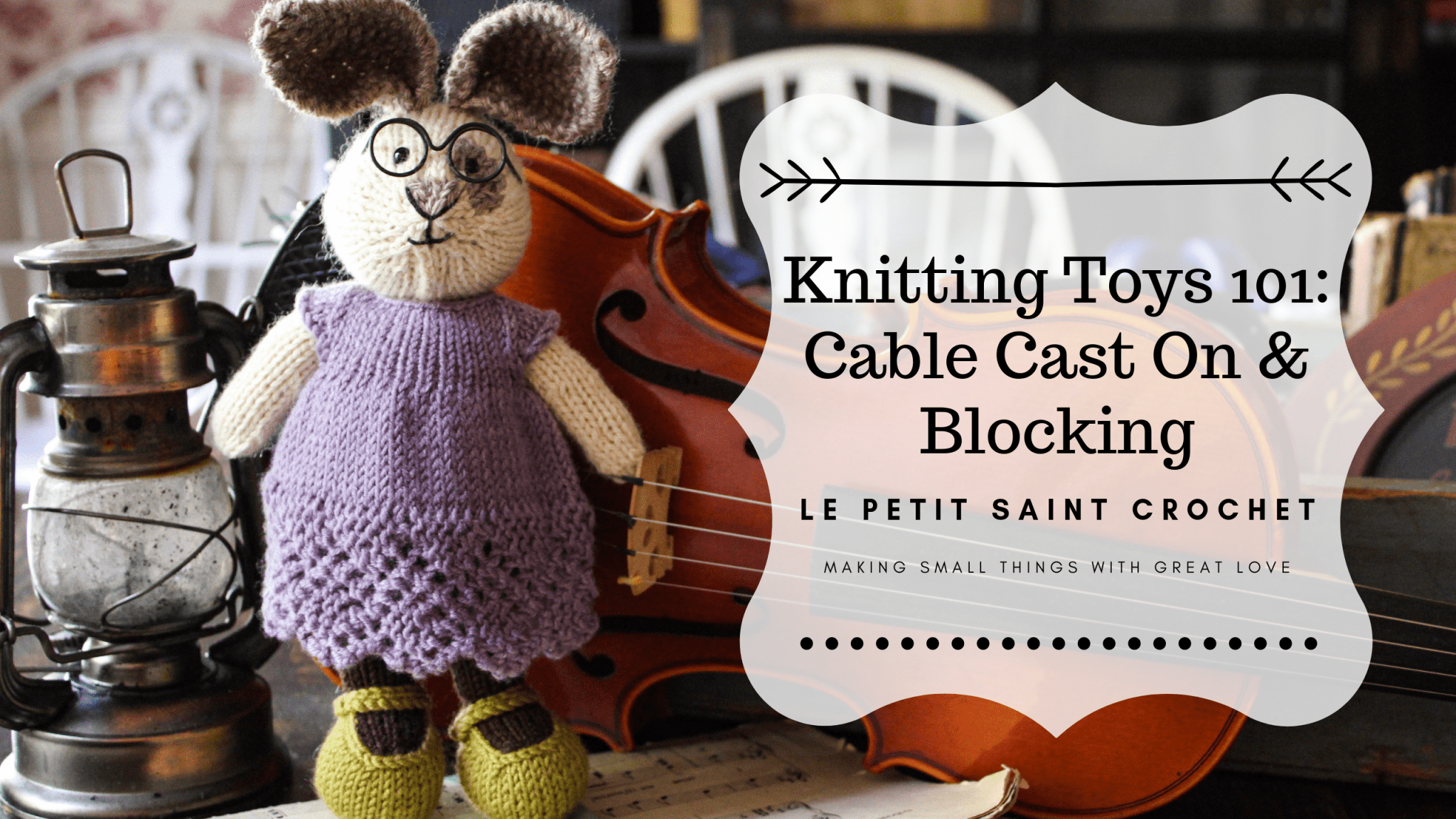
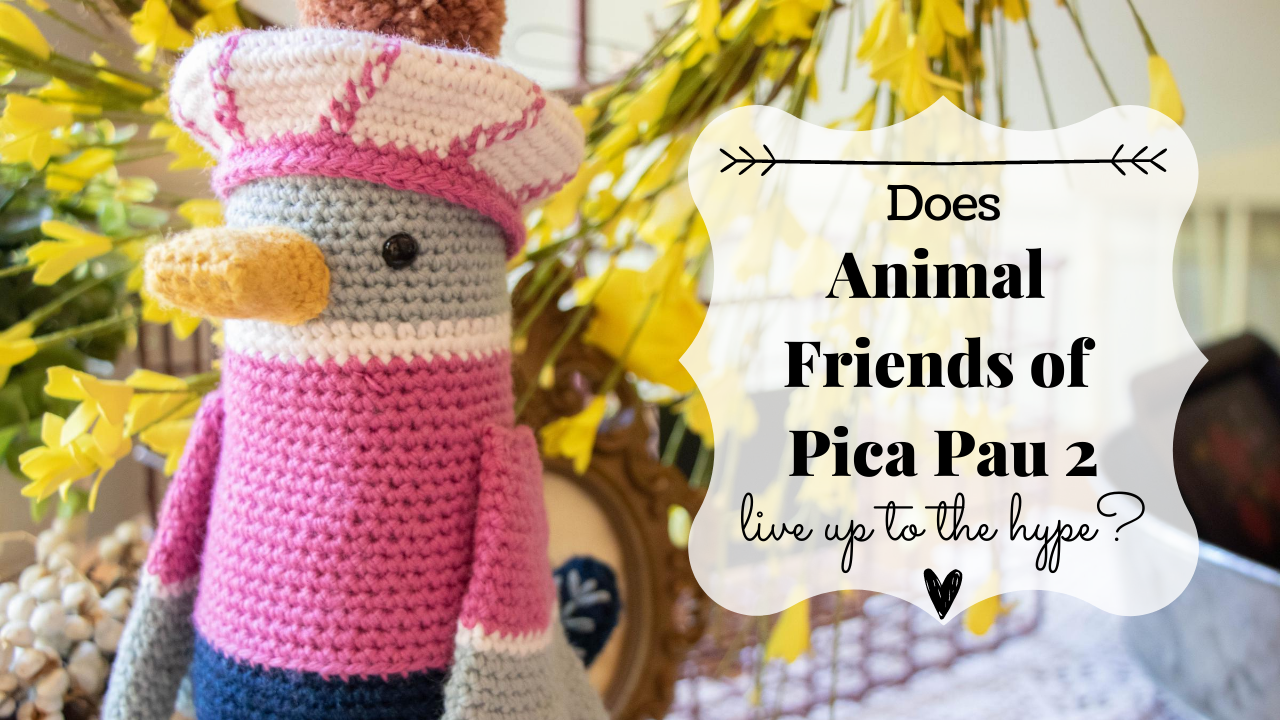

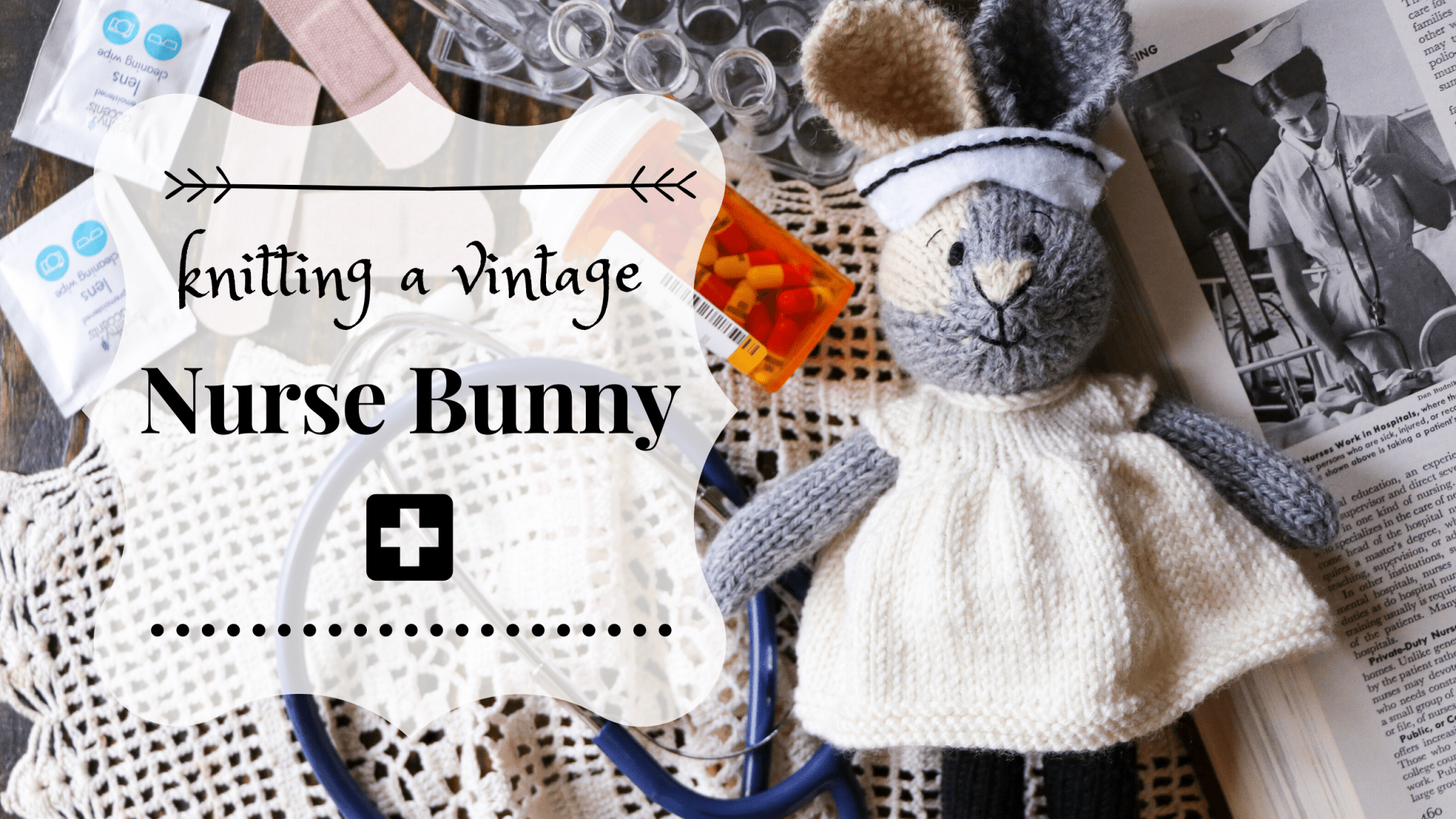
Thanks so much for this, I actually ended up watching a few videos and really enjoyed them! And I’m from Australia 😉
Thank you so very much, Kellie! I’m glad you liked them!
Every time i make a magic ring i Think of you ðŸ™ðŸ» Thank you for teaching me and thank you for bringing back my chrochet joy
Awwww!!! Thank you so much! You just made my day!! 💗💗💗
I’ve crocheted (and knitted) for decades. I wanted to try amigurumi crochet and found your wonderful blog. I watched your four starting videos and your troubleshooting videos. I read most of your blog related to amigurumi. I also found some good amigurumi info from other websites. I’ve mastered magic circle. I want to use 4 wt yarn (knitting worsted, acrylic). Many amigurumi patterns use this yarn wt. Your yarns are this weight, although a teensy bit thinner. Based on wt and yardage, I calculated between 5-15%, compared to the yarns I have in my stash. Everyone recommends using small hooks (E & F; 3.5 and 3.75 mm) to get tighter stitches. Tight stitches prevent the stuffing from showing or coming through. Brilliant. I am having trouble using these small hooks, despite practicing. The smallest I can use is an F. G is easier. But, whichever hook I use, I find that I have to pull the yarn tightly after each stitch. This makes it slow going. I’m also afraid I’m putting too much stress on my hands with this extra puol after each stitch. I also find that my “invisible decreases” are not so invisible. They are more invisible from the back side. I use a knife grip. I’ve tried both “head” shapes (the flat Bates style and the tapered Boye style) for amigurumi. Please help me:
1. Do you pull the yarn tight after each stitch? How do you prevent strain? I’ve tried an “ergonomic” hook, but it didn’t seem to help. I saw in your blog that you siffered some pain.
2. Is there a way to measure gauge, so I can tell if I’m pulling too tight or not enough? In regular crocheting, my gauge is fairly true. Amigurumi seems to ignore gauge. I find that my amigurumi practice swatches are fairly square and true for different hooks. But if I start going round, the gauge varies more. What do you suggest?
Thanks, Liz
Hello Liz! I do pull after each stitch and it is likely what contributes to the tendinitis I experience pretty regularly. It has become such a habit that I almost cannot stop myself even when I’m not crocheting amigurumi. You are likely going to need to experiment a little to figure out what is the best combination for you. Since you are having the most trouble using a smaller hook, I would start there. Use the hook size that is most comfortable for you and then find a yarn that works best for that hook. You will likely need to find a heavier weight yarn, maybe even a bulky. Your toys will be bigger but it will contain less holes, which will result in a neater looking toy. I would also steer clear of cotton and cotton blends as this will cause more achiness in your hands. Look for a yarn that has a slight halo/fuzziness. Not a lot, just a little. It will help camouflage small holes as well. Make sure to take frequent breaks and stretch your hands and wrists. Hope all this helps!